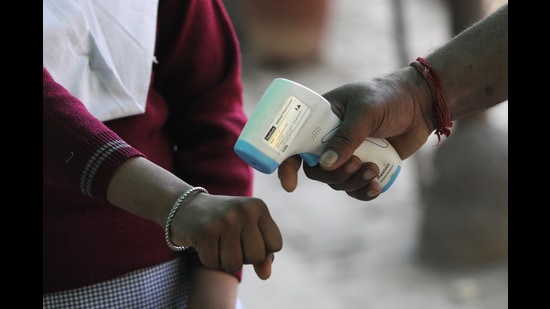One year of the lockdown
Exactly a year ago, on March 24 at 8 pm, Prime Minister Narendra Modi announced that to battle Covid-19, India would lock itself up
Exactly a year ago, on March 24 at 8 pm, Prime Minister Narendra Modi announced that to battle Covid-19, India would lock itself up. Flights in and out of the country had already been stopped earlier, and now, all movement — except for essential workers — was halted. Citizens were told to stay home, maintain social distancing, avoid all contact with the external world, follow Covid-19 protocols, and aid the nation in helping break — or slow down — the chain of transmission, even as India was to use the period to build up its health infrastructure to cope with the most devastating pandemic in a century. While there were different phases of slowly unlocking the country, for 68 days, there was a lockdown. A year later, there are lessons and cautionary notes which are still relevant.

Based on the scientific evidence available at the time, global trends, an assessment of India’s health infrastructure deficits, and the possibility of rapid transmission given the population and its density, a lockdown was necessary. India did well in using the period to ramp up testing and medical management facilities. But, at the same time, the lockdown was brutal, especially for the poor. The sight of migrant workers walking home will remain the abiding image of the lockdown, as will the unprecedented economic contraction. Supply chains were disrupted, demand plummeted, incomes dipped, jobs were lost, and the social welfare initiatives of the government were not enough to tackle the distress. The disease, too, continued to spiral — though India was fortunate in having a low fatality rate.
A year later, the second wave of Covid-19 is here. The good news is that so is the vaccine, and India has, although too gradually for this newspaper’s liking, begun vaccinating citizens — Tuesday’s decision to open it up to all citizens above 45 years is positive. But besides approving more vaccines and opening them up to all citizens, Covid-19 demands a greater degree of responsibility from both governments and citizens. The Mahakumbh in Uttarakhand is only one example of how faith (and the politics of faith) is being allowed to trump science, at great risk — the farm protests at Delhi’s borders or the crowds in election rallies in different states are no different in enhancing the risk for citizens. India has lived through one of its most difficult post-Independence years. The battle isn’t over yet, and just as it was important last March, it is as crucial to follow protocols today.



